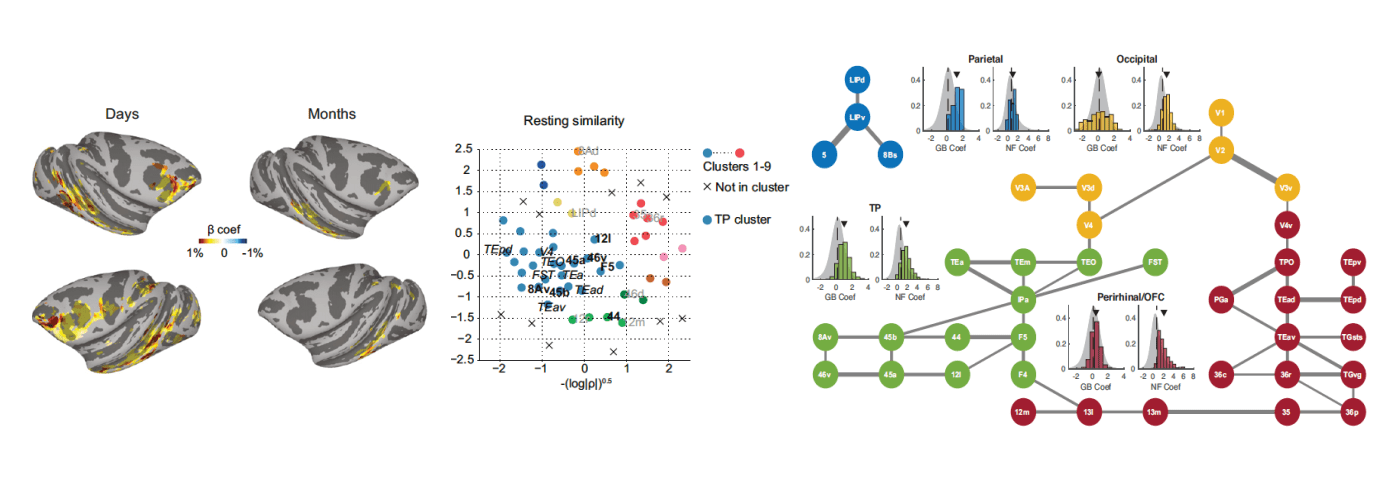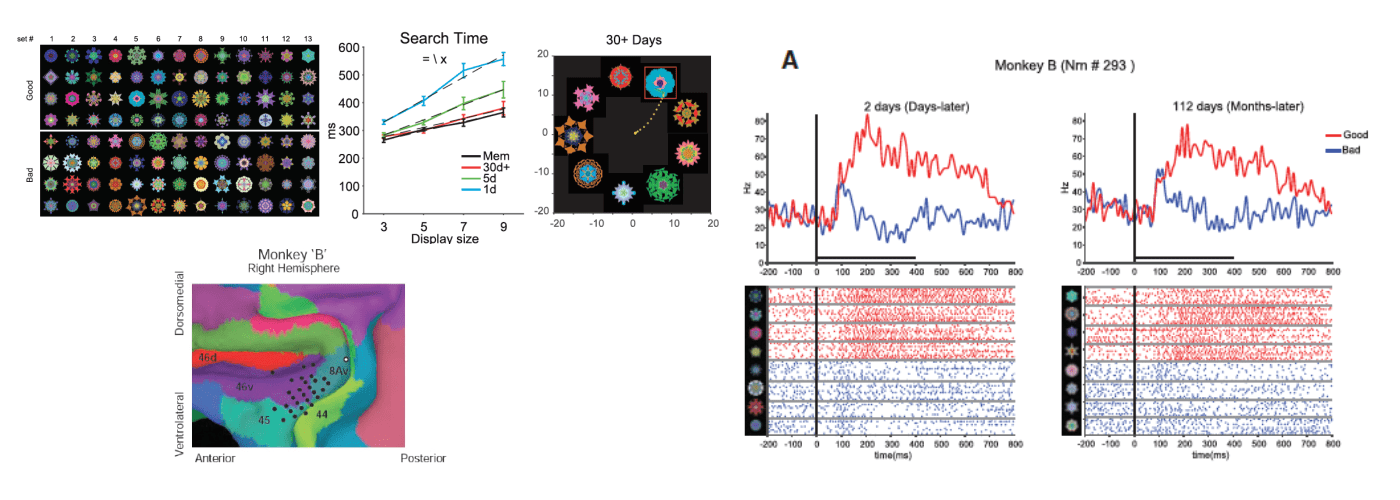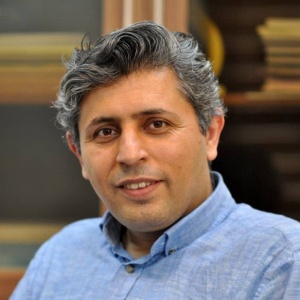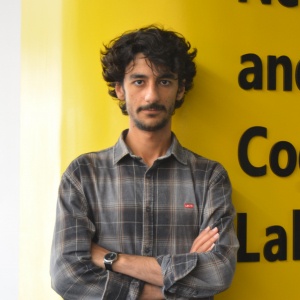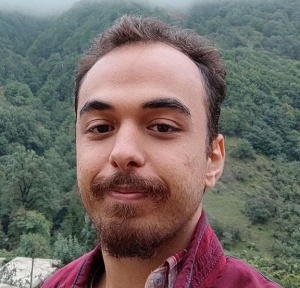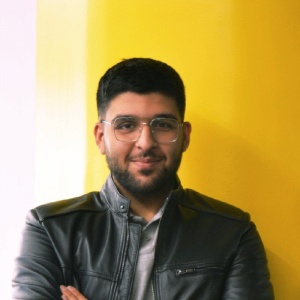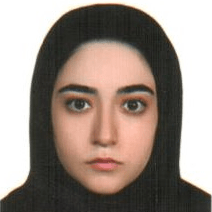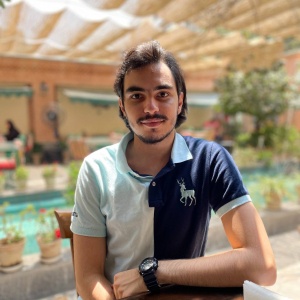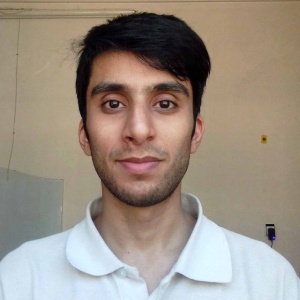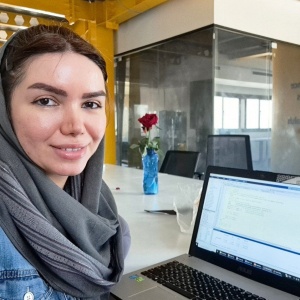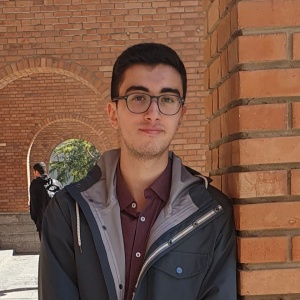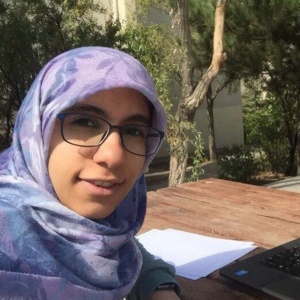Who We Are
Made of billions of neurons and trillions of connections, human brain is probably the most complex object known to us in the universe. But apart from such objective description, brain is important because it is the seat of our most cherished capabilities; our cognition, emotions, sensations, and actions. The goal of Sharif Brain Research Center is to understand the function of the nervous system and its relation to psychological phenomena using modern neuroscience tools, data science, and mathematical modeling.


